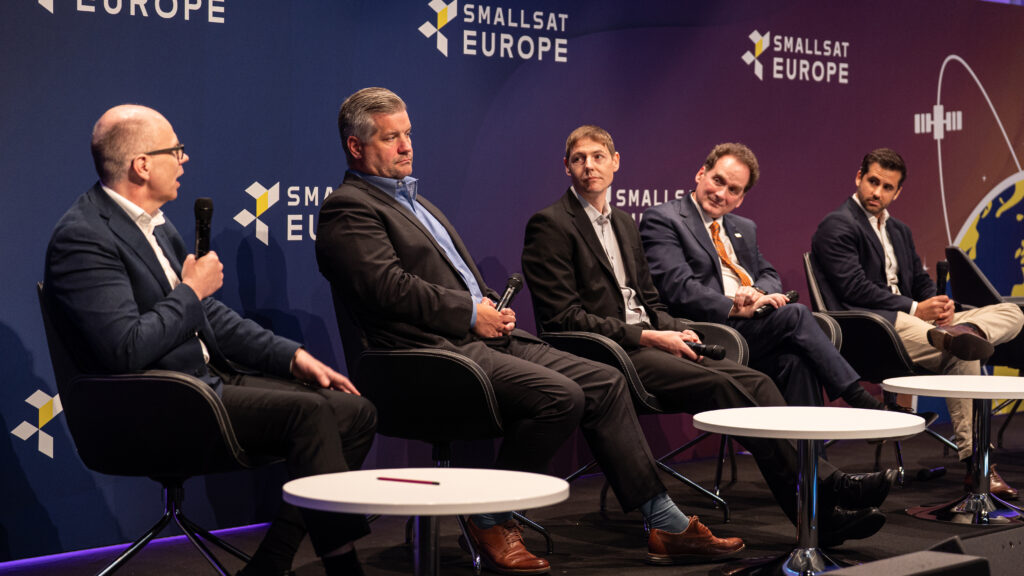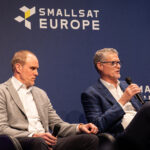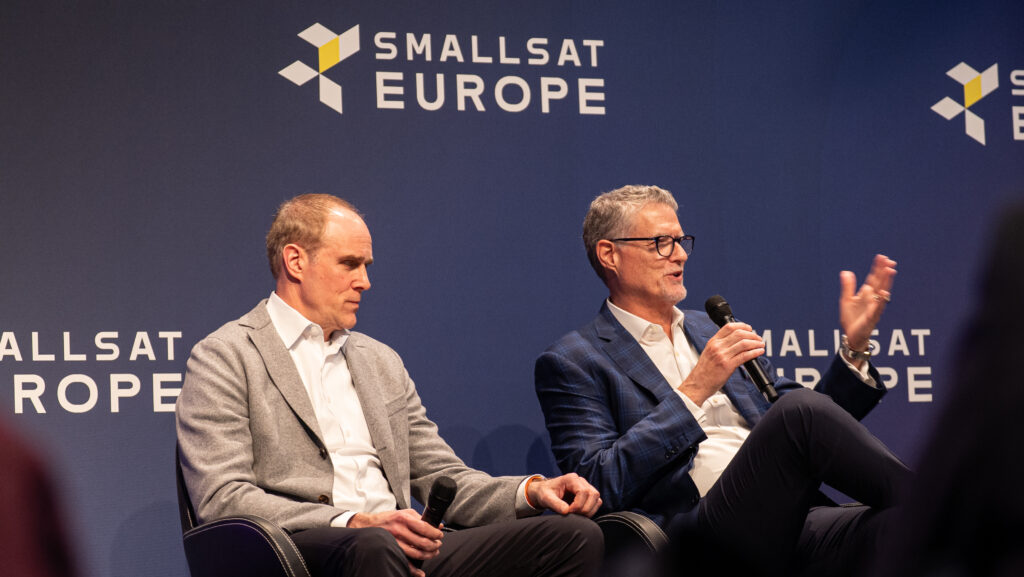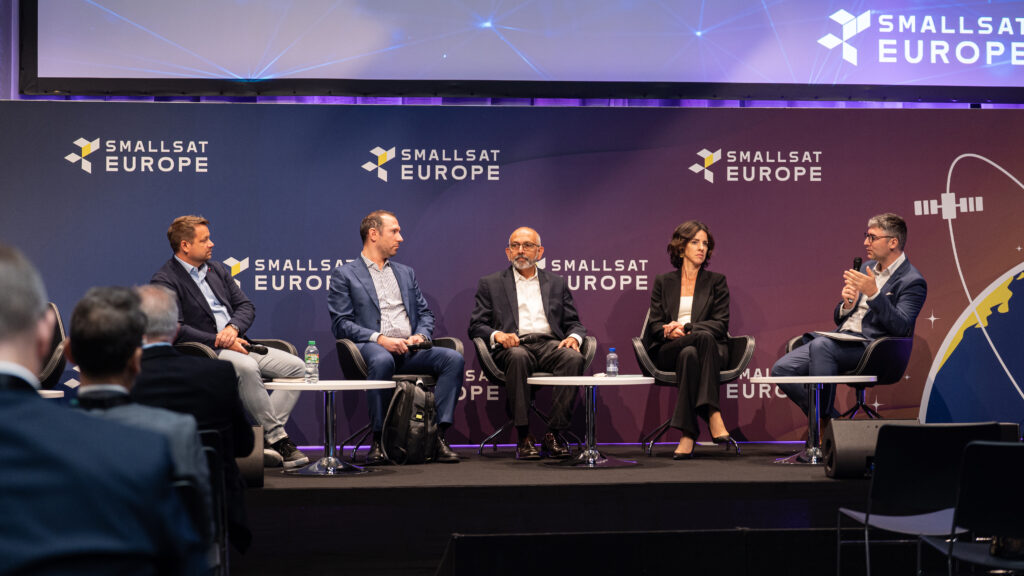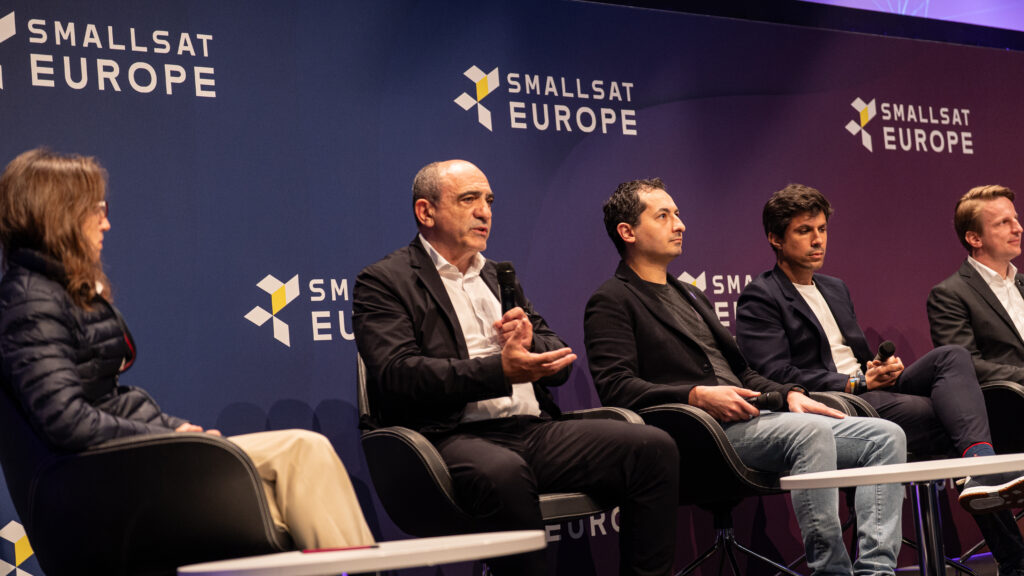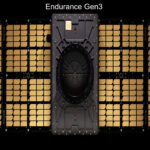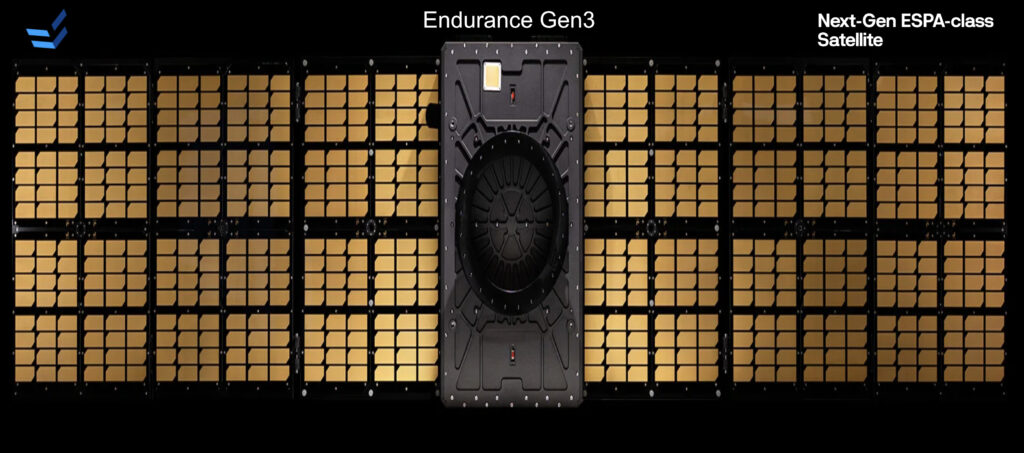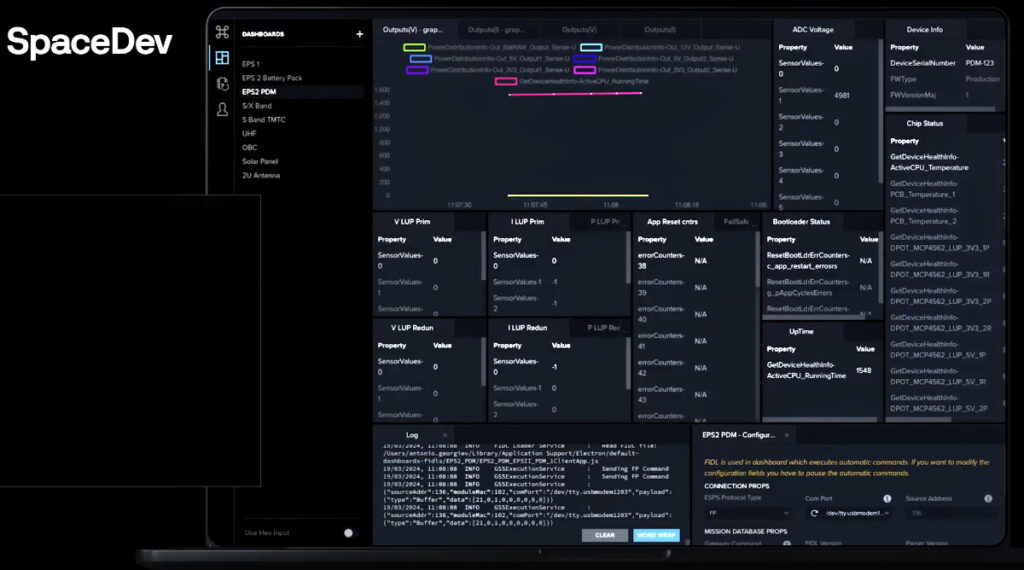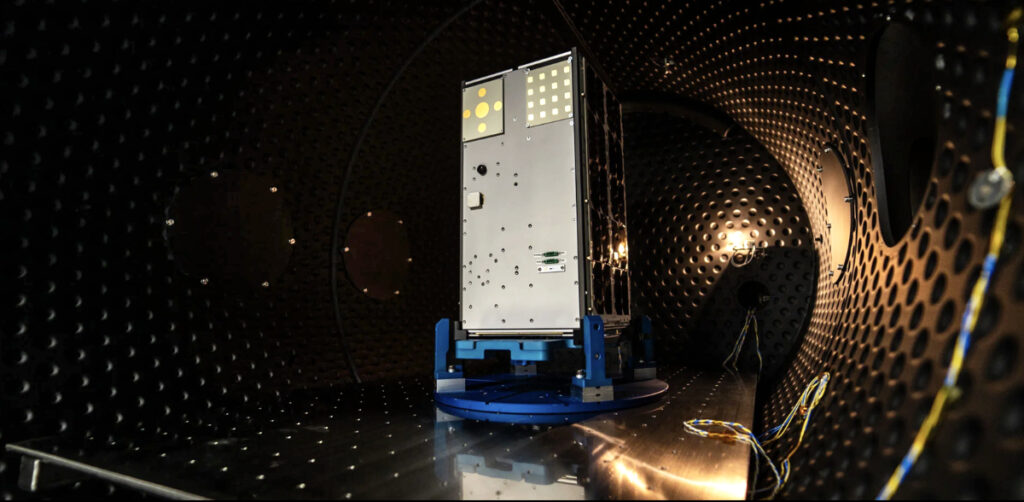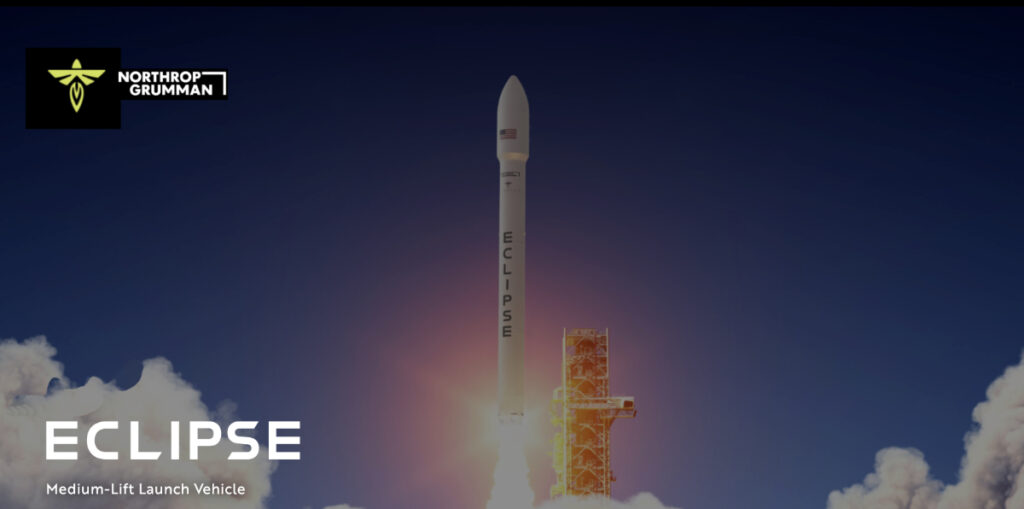
Northrop Grumman Corporation (NYSE: NOC) has invested $50 million into Firefly Aerospace to further advance production of the companies’ co-developed medium launch vehicle, now known as Eclipse .
.

Filling a void in an underserved market, Eclipse will launch up to 16,300 kg of cargo to Low Earth Orbit or 3,200 kg of cargo to Geosynchronous Transfer Orbit. Eclipse will first launch from Wallops Island, Virginia, and be able to support space station resupply, commercial spacecraft, critical national security missions and scientific payloads for the domestic and international markets.

Built on Northrop Grumman’s Antares and Firefly’s Alpha rocket, Eclipse offers a significant leap in power, performance, production cadence and payload capacity. The launch vehicle retains the flight-proven avionics from Antares while delivering additional performance upgrades, including a larger 5.4 meter-class payload fairing. Eclipse also retains a scaled-up version of Alpha’s propulsion systems and carbon composite structures, allowing the team to rapidly build and test Eclipse with significant production efficiencies and economies of scale.
Firefly used the same patented tap-off cycle architecture from Alpha’s Reaver and Lightning engines for Eclipse’s Miranda and Vira engines, and completed mission duty cycle with a 206-second Miranda hot fire test, matching the longest time the engine will burn during a flight. Following several development test campaigns, flight hardware has been manufactured for the common dome propellant tanks, engine bay and interstage.
Eclipse is manufactured in Briggs, Texas, and Chandler, Arizona, and uses the same first stage Firefly is developing for the Northrop Grumman Antares 330 rocket. Both launch vehicles will use seven of Firefly’s Miranda engines.
Eclipse qualification testing is underway, with flight hardware developed, more than 60 Miranda engine hot fire tests performed to date and a targeted first launch no earlier than 2026.
Wendy Williams, vice president and general manager, launch and missile defense systems, Northrop Grumman, said, “Eclipse gives customers the right balance of payload capacity and affordability. Our partnership with Firefly builds on our capacity to provide crucial spaced-based communication, observation, and exploration for civil and national security customers.”
Jason Kim, CEO, Firefly Aerospace, said, “Firefly is incredibly grateful for Northrop Grumman’s investment that further solidifies our first-of-its-kind partnership to build the first stage of Antares 330 and jointly develop Eclipse. Eclipse represents two powerful forces coming together to transform the launch market, with decades of flight heritage and a rapid, iterative approach and bold innovation. With a 16 metric ton to orbit capability, Eclipse is a sweet spot for programs like NSSL Lane 1 and a natural fit to launch proliferated constellations in LEO, MEO, GEO and TLI.”



